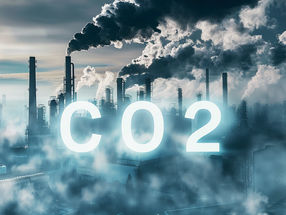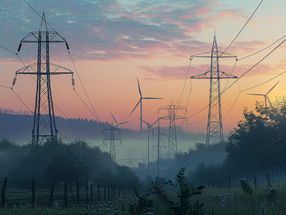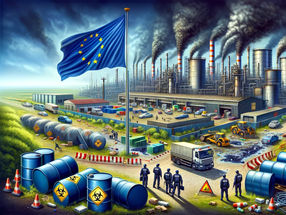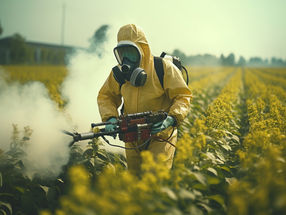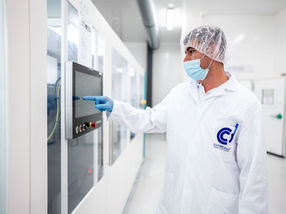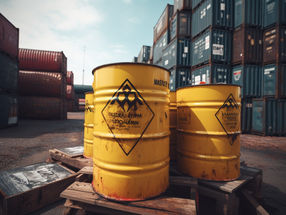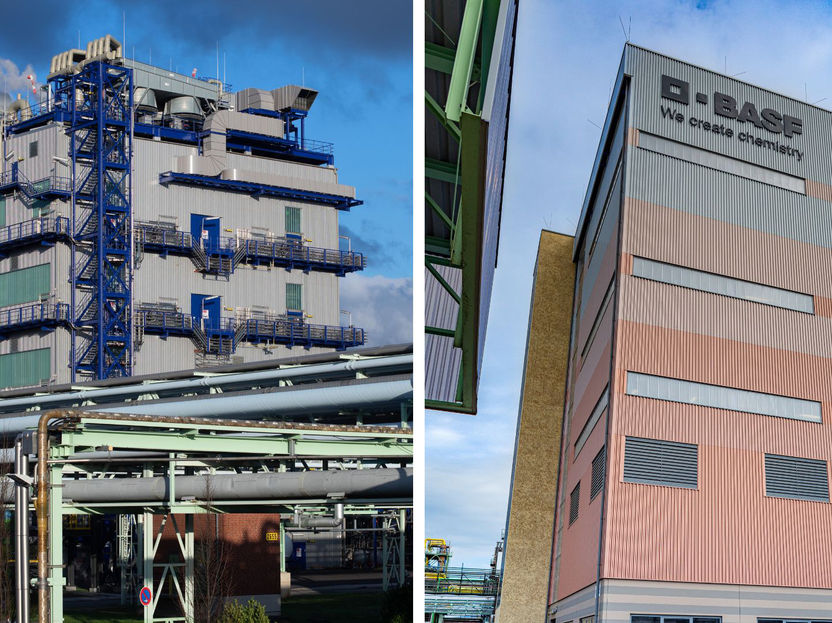Grilling with charcoal is definitely not an indoor pursuit!
Grilling in enclosed areas using charcoal is dangerous. The glowing charcoal releases considerable amounts of toxic gases, notably carbon monoxide (CO). Even when windows, doors and the garage door are opened for “safety reasons”, fatal CO concentrations can build up. This risk is also present with devices which are advertised as special "indoor barbecues" despite the fact that they use glowing charcoal as their heat source. The same applies to charcoal-powered cooking pots, so-called "hot pots", if they are used in the living room or in restaurants. The Federal Institute for Risk Assessment (BfR) recently completed a research project in cooperation with the Federal Institute for Materials Research and Testing (BAM). This project investigated the concentrations of CO that are reached when charcoal grills or open fire are used indoors and how long it takes before this poses a hazard to humans. The result: even after a relatively short time, dangerous levels of carbon monoxide are reached.
The BfR has pointed out the dangers of grilling in enclosed areas for years. However, so far there have been no measured data on the formation, spread and spatial distribution of carbon monoxide (CO) indoors during operation of charcoal grills and other charcoal heat sources. In order to collect data on indoor CO concentrations when grilling, several experiments, involving 800 grams of glowing charcoal each, were conducted at the BAM. Preliminary tests conducted in a small measuring chamber had already shown that life-threatening gas concentrations are reached very quickly. Since the situation of larger interiors could not be reproduced in the measurement chamber due to its small spatial volume, additional measurements were taken in a larger cloud chamber. Owing to its spatial volume of 19 cubic metres, the cloud chamber provides a good model for a small garage or a living room. In the experiments, the CO concentration was measured both under the ceiling and in the immediate vicinity of the grill. No significant differences were detected, for the combustion gas was distributed relatively evenly throughout the room. After as little as two hours of glowing embers from 800 grams of charcoal, CO concentrations in excess of 3000 ppm (parts per million) were measured. If humans inhale ambient air of such concentrations, they faint after a few minutes.
The data collected as part of the experiments provide a basis for computer simulations and hence for a new risk assessment of indoor grilling. With the simulations, the spread of CO in rooms of any size can be calculated. Amongst other things, the gas concentration in a typical garage was calculated for a total of 42 points within the room. Result of the calculations: in a closed garage where 800 grams of charcoal are burned, CO concentrations of between 750 and 1100 ppm are to be expected. Clinical data has shown that 200 ppm of CO in the ambient air is sufficient to cause slight headaches after two hours. At 800 ppm, dizziness and nausea are experienced. After about two hours in this concentration, humans lose consciousness.
The studies show just how fast the colour and odourless gas can build up to a level that can be fatal. What is especially insidious: the time window between the first noticeable symptoms and loss of consciousness is very short. Often people suffering from CO poisoning do not experience any complaints initially. Due to the cherry-red discoloration of the blood pigment, they actually look very healthy. However, when they try to stand up, their bodily functions suddenly fail so that they cannot take measures to protect themselves. Furthermore, it must be taken into account that even very low concentrations pose a danger, because the gas stays in the room for a long time and accumulates in the blood in addition to the CO previously inhaled. The BAM and BfR therefore strongly recommend that no burning materials such as charcoal are used indoors as a heat source for grilling, cooking or heating.
As was also demonstrated in the experiments, smoke detectors do not offer any protection from poisoning. In none of the experiments did the installed smoke detector go off. Smoke detectors identify very fine particles in the air which are formed in large quantities when a fire breaks out. In contrast, glowing embers almost exclusively release invisible gases which go unnoticed by an optical smoke detector. Unlike smoke detectors, CO alarms provide effective protection, since they detect the gas itself. As part of the experiments conducted in the cloud chamber, a CO detector was installed which sounded the alarm within a few seconds of entering the room with the glowing embers even while the door was still open. The BAM and BfR will, in collaboration with the BfR Committee “Assessment of Poisoning”, reassess the hazard potential of the use of open charcoal-based heat sources and grills indoors.
Other news from the department politics & laws

Get the chemical industry in your inbox
By submitting this form you agree that LUMITOS AG will send you the newsletter(s) selected above by email. Your data will not be passed on to third parties. Your data will be stored and processed in accordance with our data protection regulations. LUMITOS may contact you by email for the purpose of advertising or market and opinion surveys. You can revoke your consent at any time without giving reasons to LUMITOS AG, Ernst-Augustin-Str. 2, 12489 Berlin, Germany or by e-mail at revoke@lumitos.com with effect for the future. In addition, each email contains a link to unsubscribe from the corresponding newsletter.









